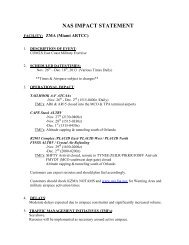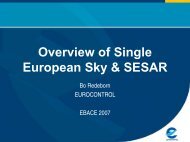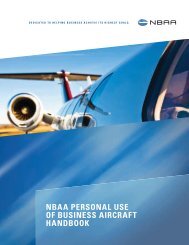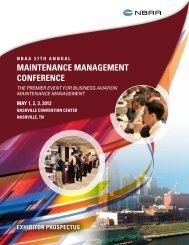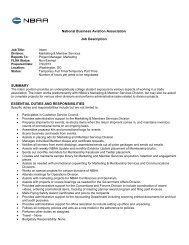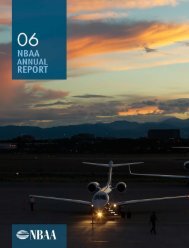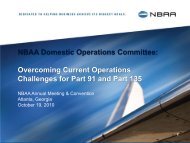Travel$ense User's Guide (PDF, 139 MB) - NBAA
Travel$ense User's Guide (PDF, 139 MB) - NBAA
Travel$ense User's Guide (PDF, 139 MB) - NBAA
- No tags were found...
You also want an ePaper? Increase the reach of your titles
YUMPU automatically turns print PDFs into web optimized ePapers that Google loves.
172TRAVEL$ENSEat the present value of the position’s compensation under a learning curve thatattains 100 percent efficiency by the end of the period. This technique used athree-year inefficiency period with a 50 percent, 75 percent and 100 percentlearning curve. For a set of senior officers reviewed, this technique resulted in amultiplier of between 6.4 and 6.7 of the base salary, depending upon theexpected tenure of the replacement with the company (15 or 20 years). Forthe middle-management and professional groups, the technique results in amultiplier of 4.8 times the base salary. These estimates follow the methodologyset forth in the referenced papers for computing present values. This is apartially compounded method, which is more conservative than the normalPresent Value Method.LOSS OF EXCESS EARNINGS METHOD 27This method involves the computing of the proportionate loss of excessearnings that the firm would have gained had the key executive continuedworking to retirement. The measure of excess earnings is the amount of pretaxearnings that are over the average for the industry. Under insurancecoverage computations after-tax earnings are used since indemnification is nottaxable. The excess earnings are proportionally divided among key executivesbased on the ratio of each executive’s compensation to the total compensationof all key executives. The resultant proportional share of excess earnings is thenmultiplied by the number of years each executive has remaining with thecompany until retirement and a present value of that amount is taken using thecompany’s cost of capital.The principal weakness of this method is that a company has to beexperiencing better than average industry performance, which implies that thekey company executives who are performing at or below the industry averagewould have no value. A suggested alternate method is to use contribution tooverhead and profit. However, resulting values would be considerably greater.OTHER METHODSThere are a number of other methods that are, or have been, used incomputing the value of managerial resources. 28 These include:• The Stock Coverage Method,• The Human Resource Accounting Method,• The Social Psychological Method,27 This method is an application of what is commonly known as AMR 34 Business Valuation Approachoriginally set forth in the Bureau of Internal Revenue Committee on Appeals and Review, MemorandumNo. 34, 1920.28 0p. Cit., Reiff, W. and Gimmy, A., pp. 77-81.Copyright © 1999, National Business Aviation Association, Inc.



